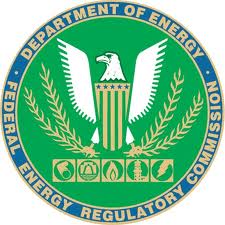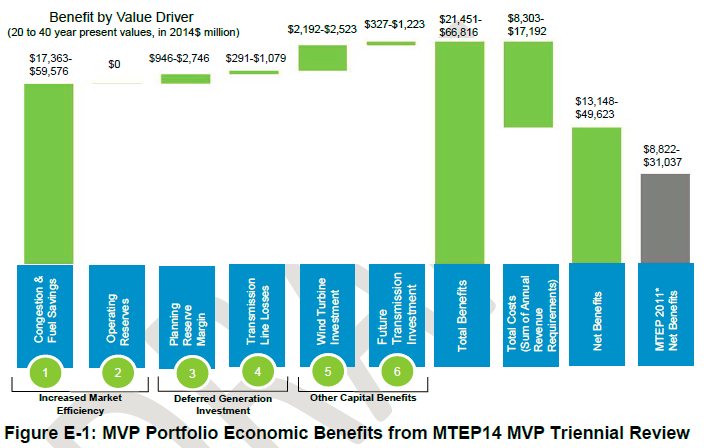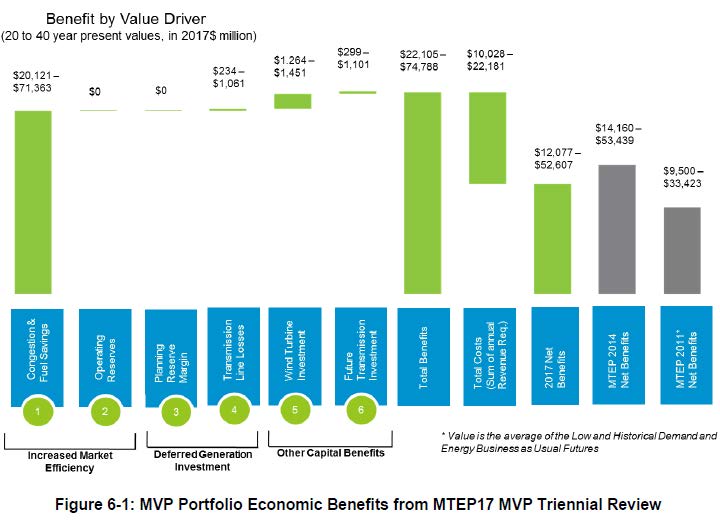Published today – FERC Inquiry – Transmission
March 28th, 2019

In today’s Federal Register:
Inquiry Regarding the Commission’s Electric Transmission Incentives Policy
Initial Comments are due June 25, 2019, and Reply Comments are due July 25, 2019.

So what’s this about? My guess, big picture, is that they’re rethinking the wisdom of subsidies of transmission, these incentives that have, well, incentives, to build transmission that isn’t needed. We’ve got enough! The claimed purpose of “incentives” was to benefit consumers by “reducing cost of delivered power by reducing transmission congestion” and “promoting capital investment” and “providing an ROE that attracts investment…” FR 11762. Well, they sure did that! Utilities and transmission owners can make a lot more ROE by investing in, building transmission, than they can selling electricity, and that’s not considering providing transmission service, that’s separate.
FERC does ask some specific questions, my favorite section is about “risks and challenges.” FERC can provide a guarantee of ROI if the project doesn’t go forward, as they’ve done for Cardinal-Hickory Creek (is this anything more than a financing leg-up?). For example:
Where’d that Dairyland one go?
FERC is also asking questions about benefits, but in this case, they don’t ask the question most important — who gets the benefits? The “benefits” claimed in MISO’s MVP 17 project portfolio, of which the CapX 2020 Hampton-La Crosse line was one, Badger Coulee was another, and right now, the Cardinal-Hickory Creek transmission project is one to take a close look at. First, from MTEP 2012:


And where are we today, or more currently? Let’s look at the MTEP17 MVP Triennial Review:

The categories are absurd… BENEFITS?
And in the Badger Coulee proceeding at Wisconsin’s PSC, the Applicant’s Henn admits that the benefits accrue to the utilities, and any benefits to Wisconsin ratepayers are not distinct or identifiable — shame MISO’s Schedule 26A and MM of the MISO tariff didn’t get in that record:
I mean, the savings of the project are to our interconnected utilities. How they pass those savings on to the ratepayers is, you know, within their tariff and pay structures and things of that nature. So, you know, I personally can’t speak to, you know, to a direct savings of any magnitude to the ratepayers of Wisconsin or, in fact, the ratepayers throughout the MISO footprint. to a direct savings of any magnitude to the ratepayers of Wisconsin or, in fact, the ratepayers throughout the MISO footprint.
Henn. Tr. Vol. 8, p. 9, l. 13-20. DOH!
It’s about time FERC took a look at this.
Remember, Initial Comments are due June 25, 2019, and Reply Comments due July 25, 2019.
Leave a Reply